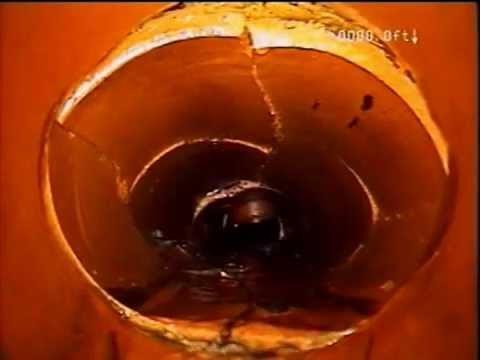Why is my Pipe Broken?
All pipe-related failures are the result of one or more of the following three fundamental causes:
Try This:
You should obtain video or photographic documentation of the piping defect(s) or failure(s). If you have access to the site, create documentation as soon as possible, before the evidence is disturbed, destroyed, or removed. There will usually be somebody onsite who has a vested interest in actions which destroy the evidence (unintentionally or otherwise). If the piping is above-ground, you may need to peel back or remove any covering to obtain good documentation. Obtain panoramic photos which show the entire site, and close-up photos which show the details of failed surfaces. If the piping is underground, then you might be able to obtain in-pipe video by calling a plumber, or renting a push-camera from your local rental store. If the pipe is at least 6-inches in diameter and has good access, you should consider obtaining the services of a professional who uses a self-propelled camera, as you will obtain better images from that type of equipment.
As is the case with the majority of pipe failures, the most proximate cause is usually the failure to follow written industry standards. In other words: human error.

Resources for Further Research
- American Society for Testing and Materials (ASTM) Standard D2774 Standard Practice for Underground Installation of Thermoplastic Pressure Piping.
- Ductile Iron Pipe Research Association (DIPRA) Installation Guide for Ductile Iron Pipe.
- American Waterworks Association (AWWA) Standard C605 Underground Installation of PVC Pressure Pipe.
